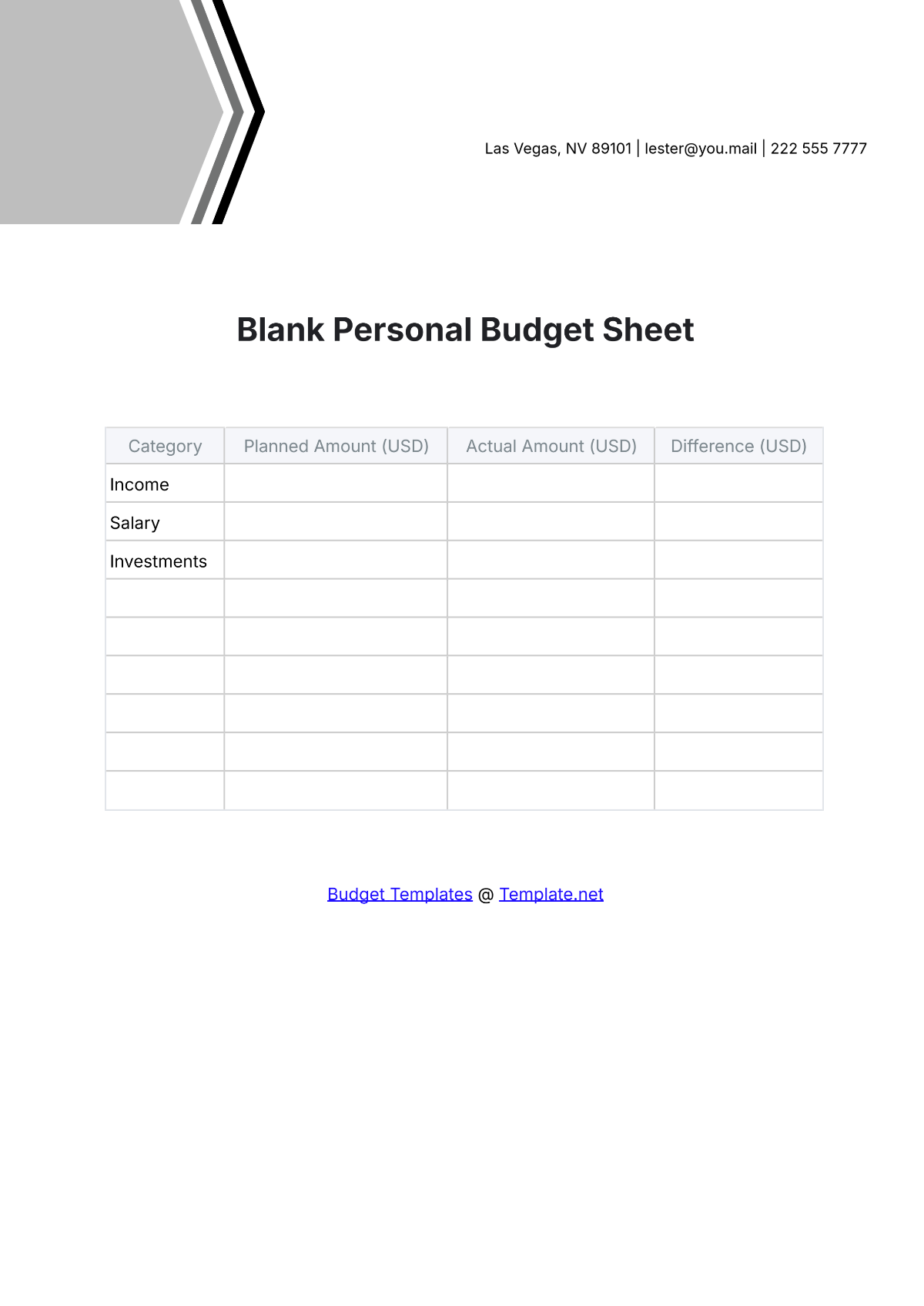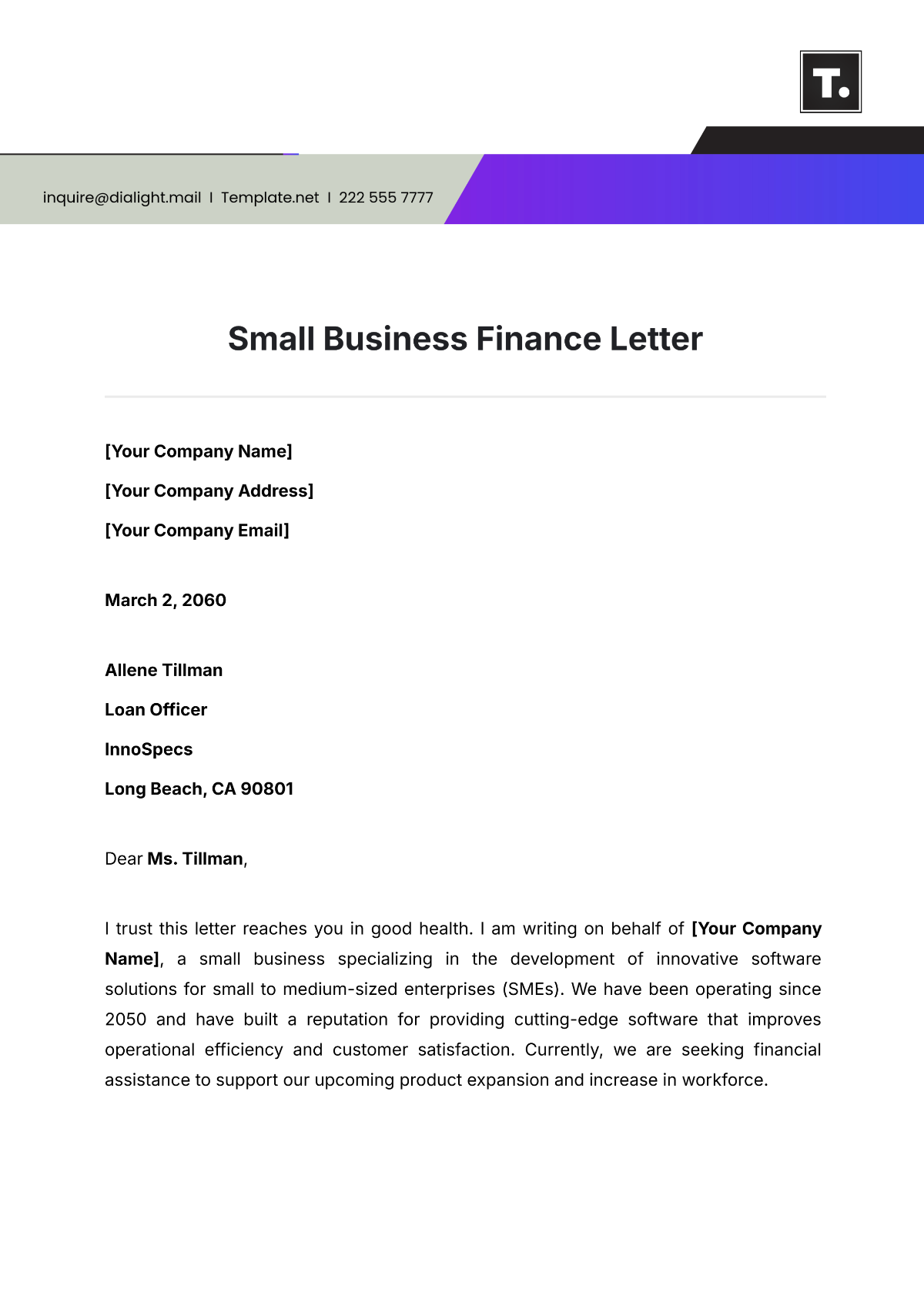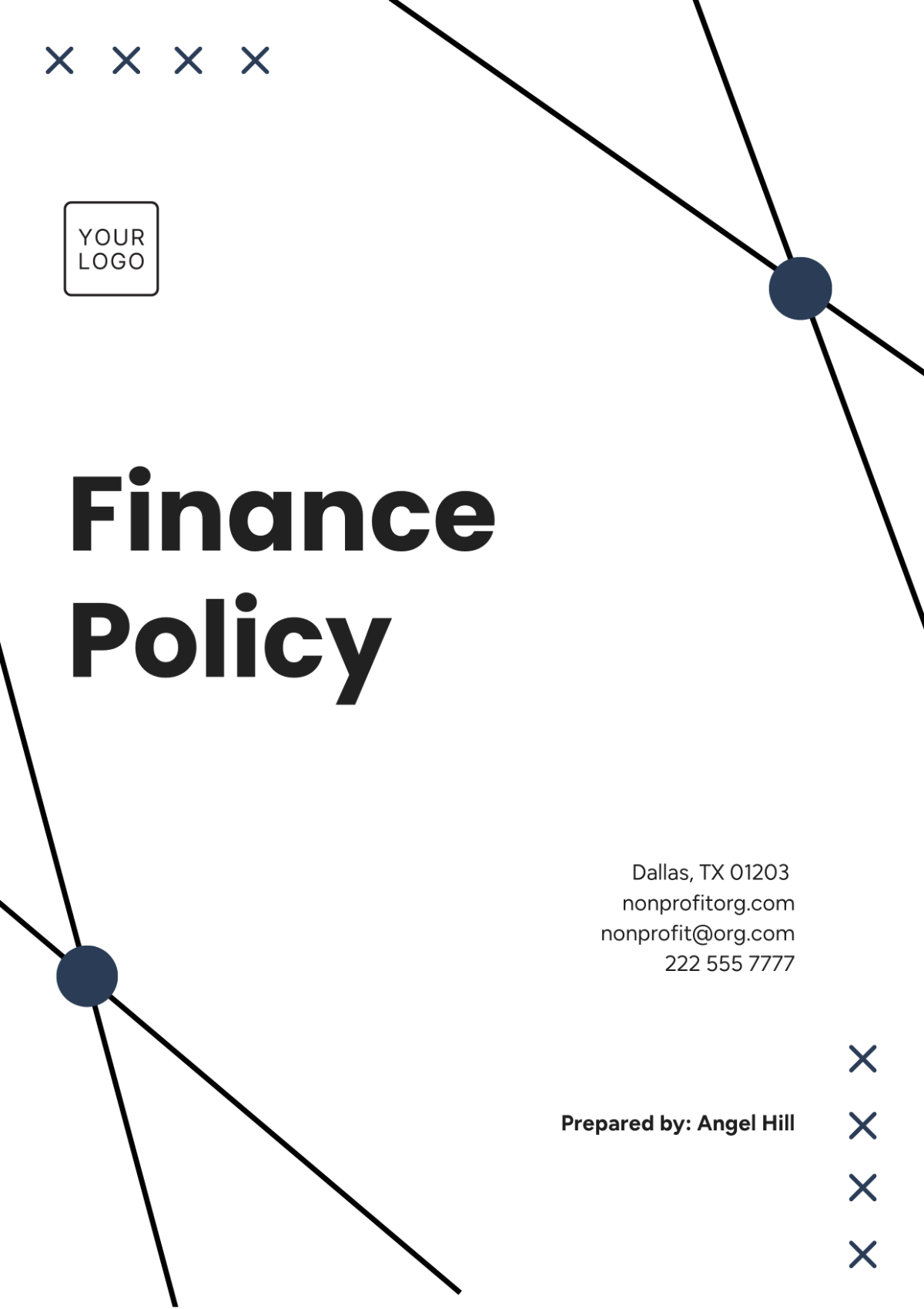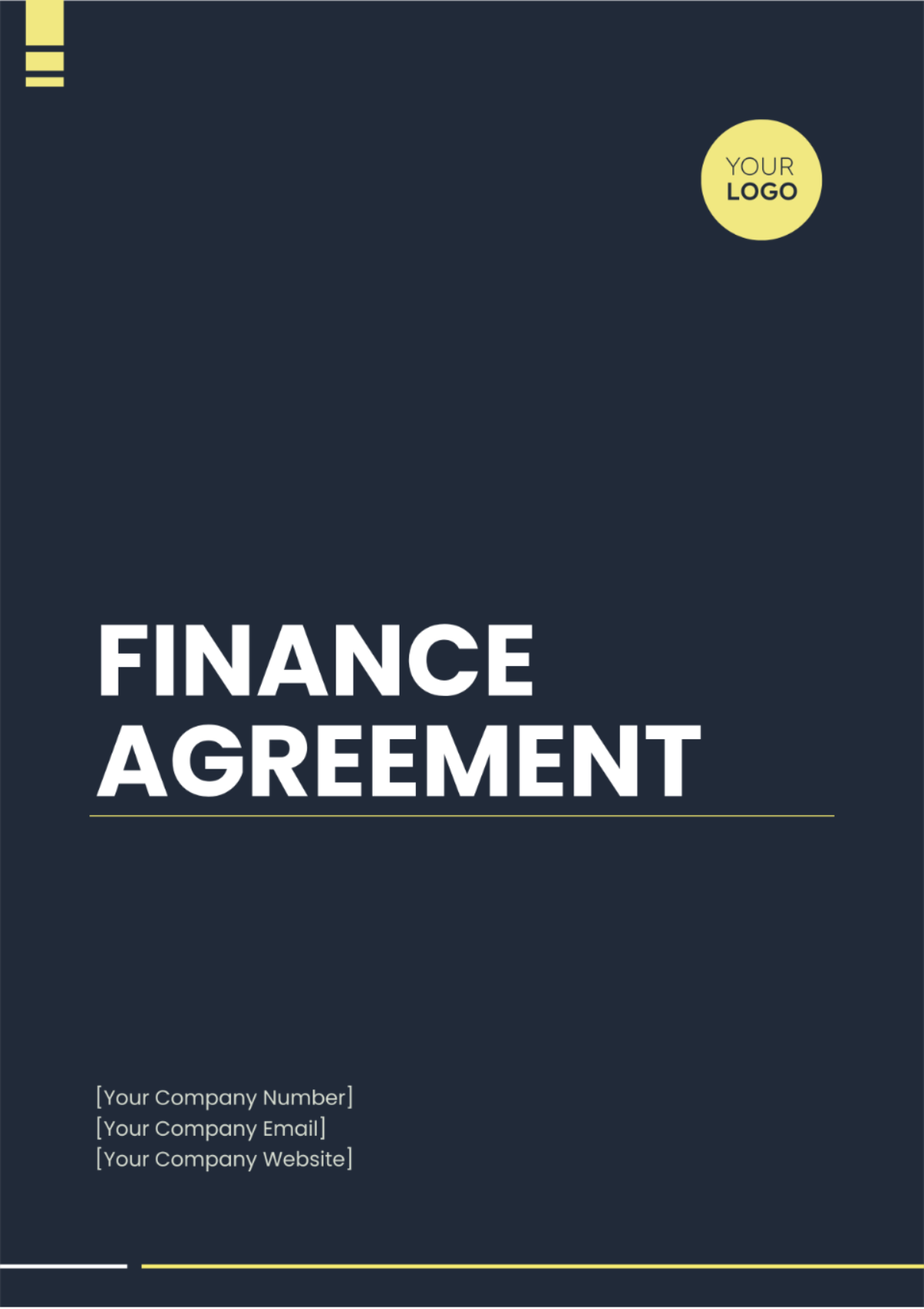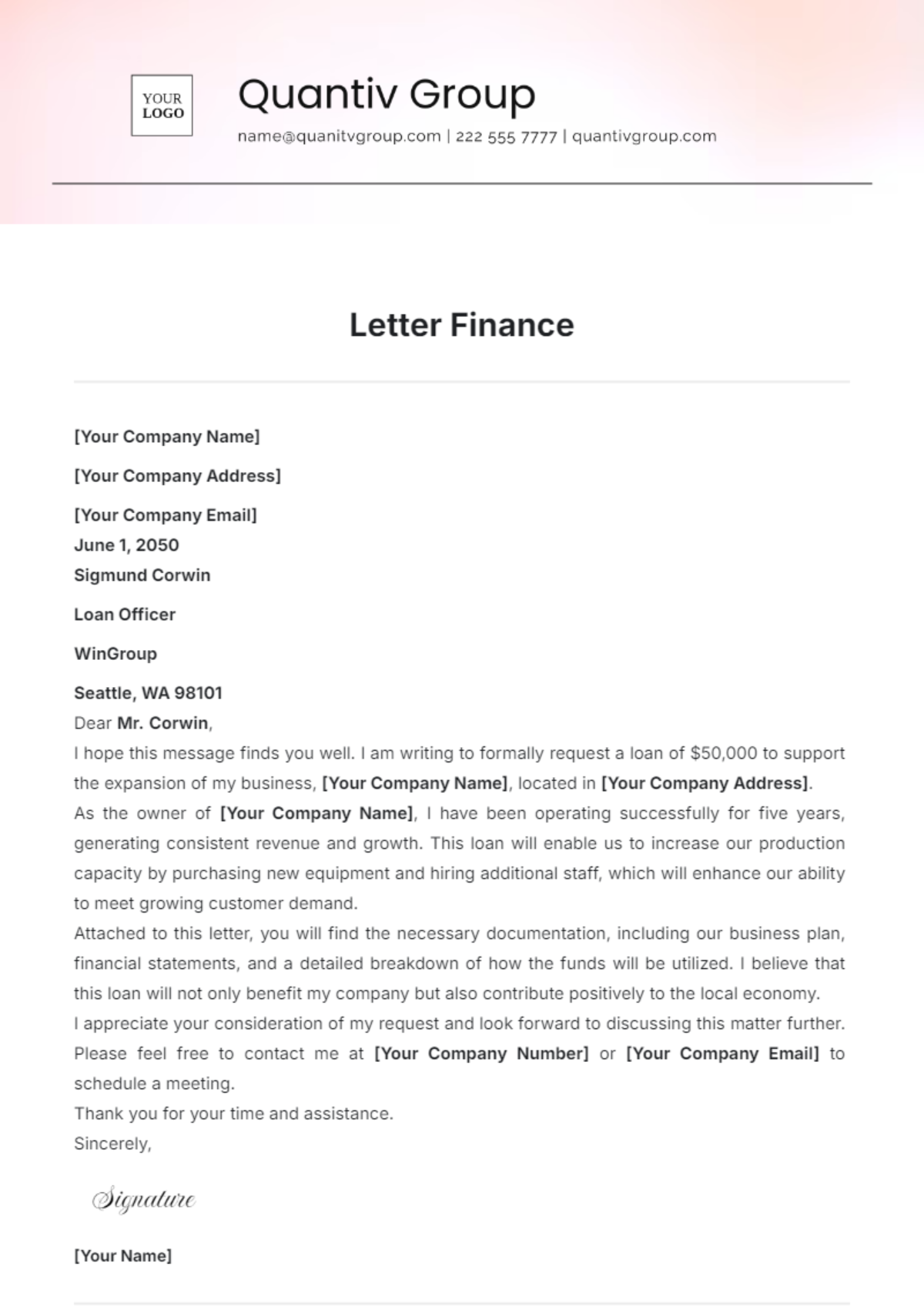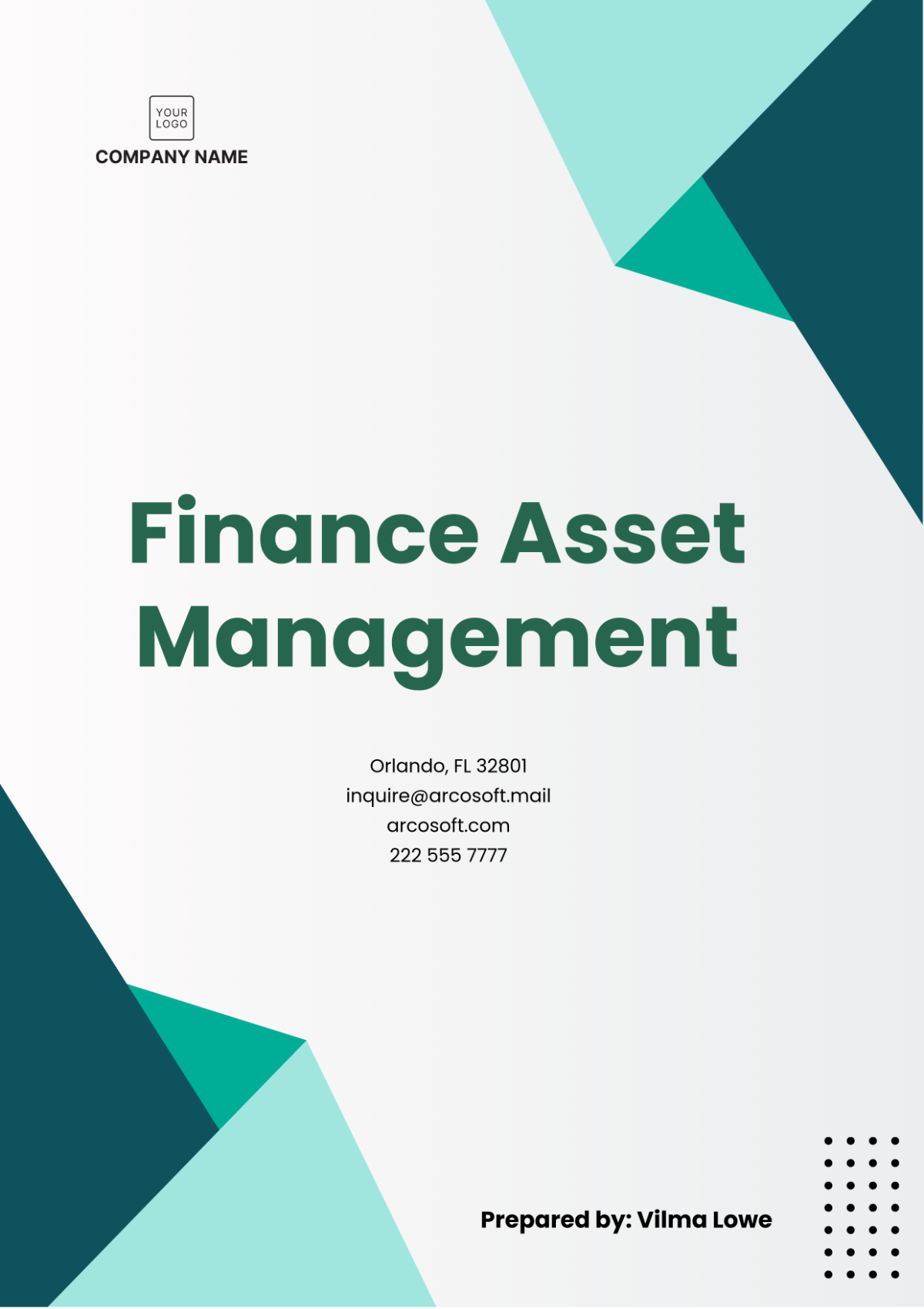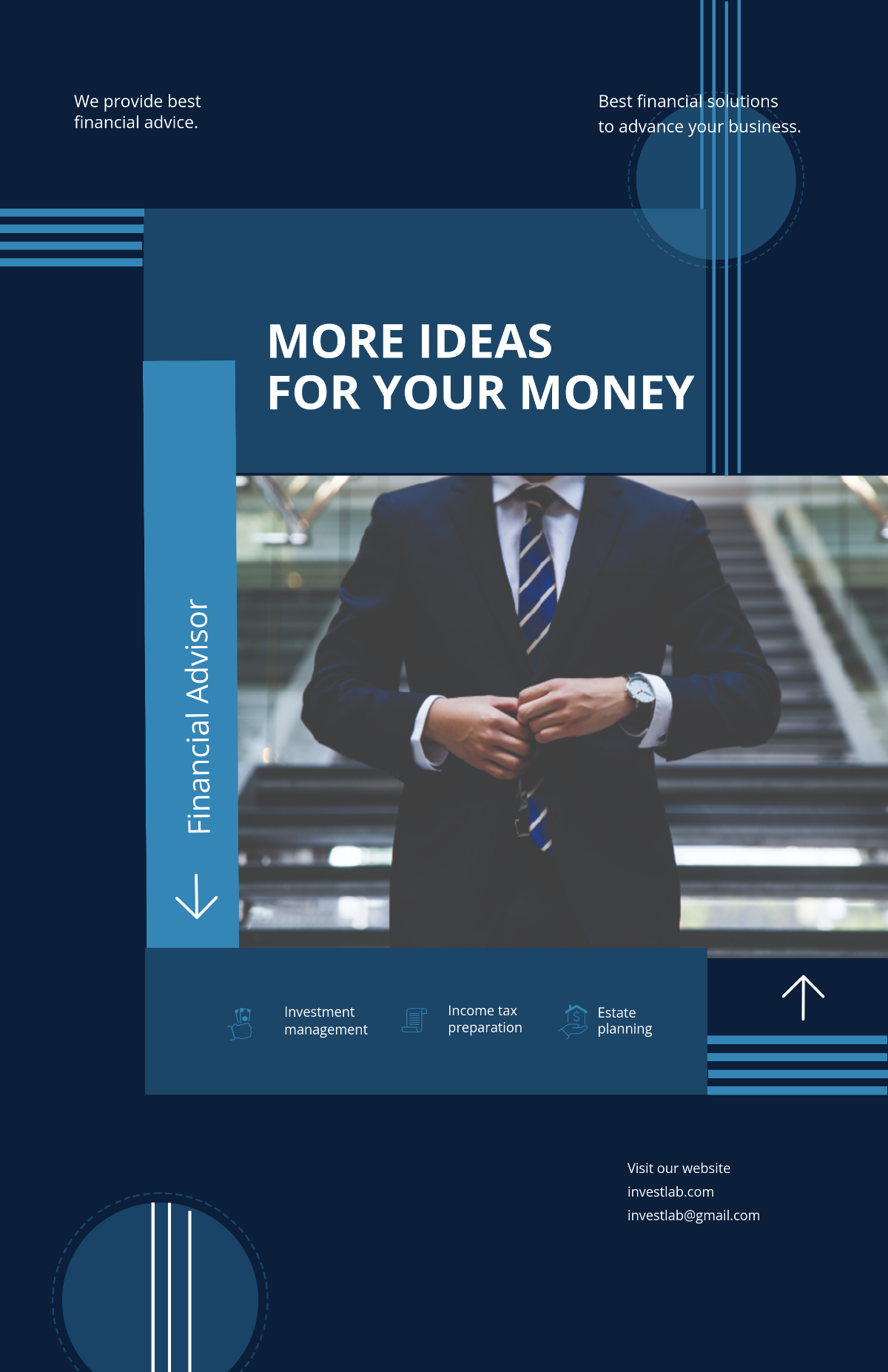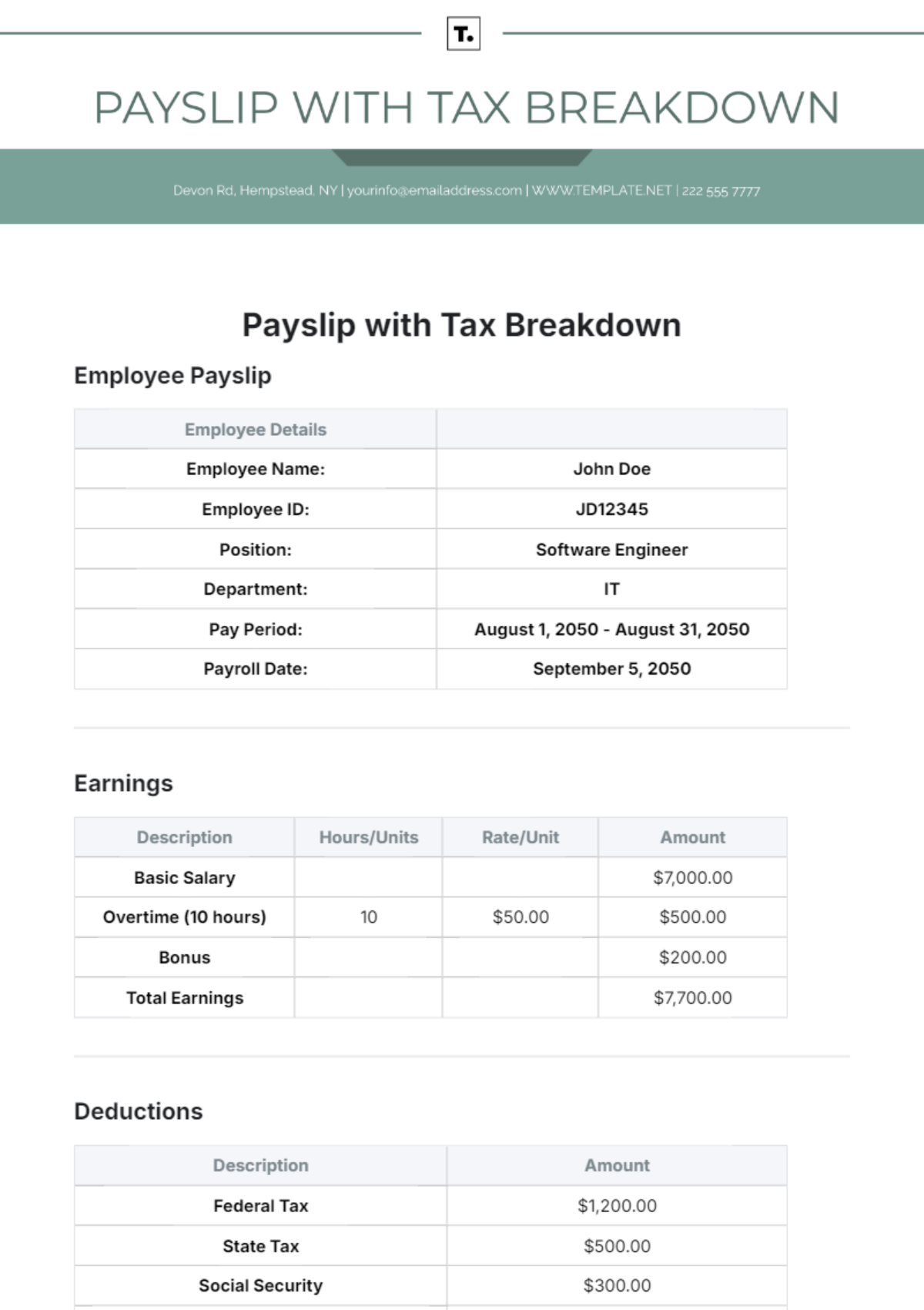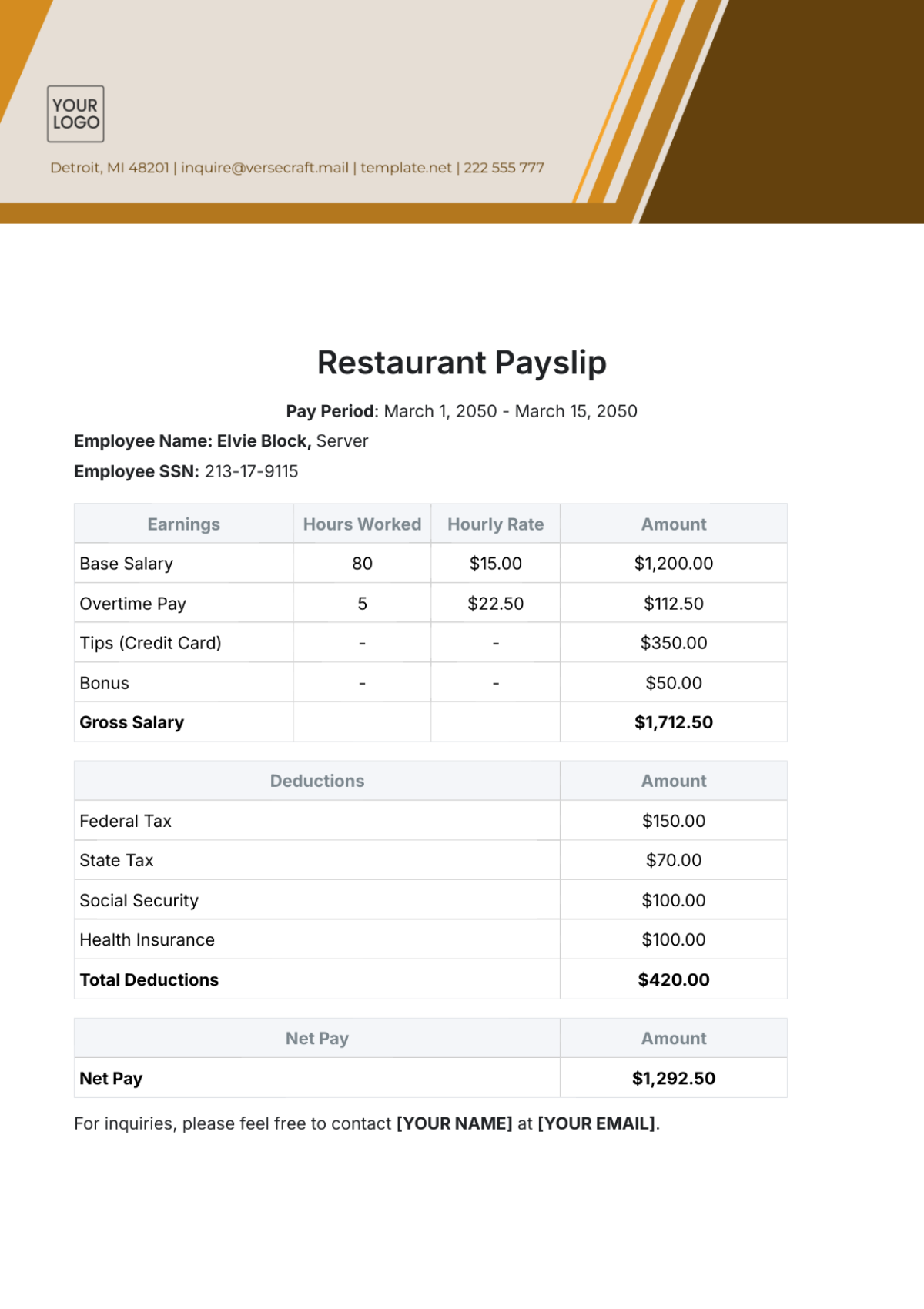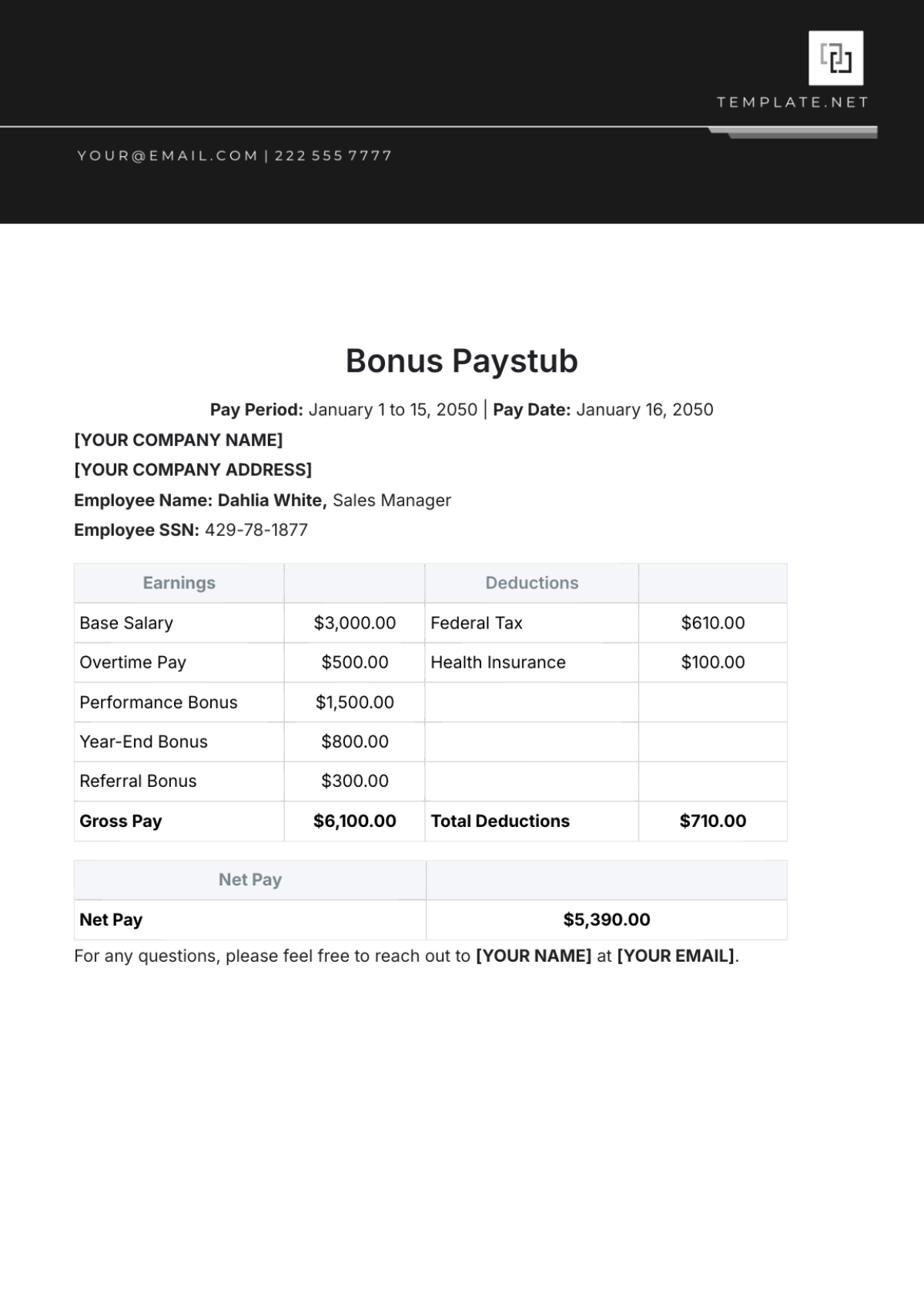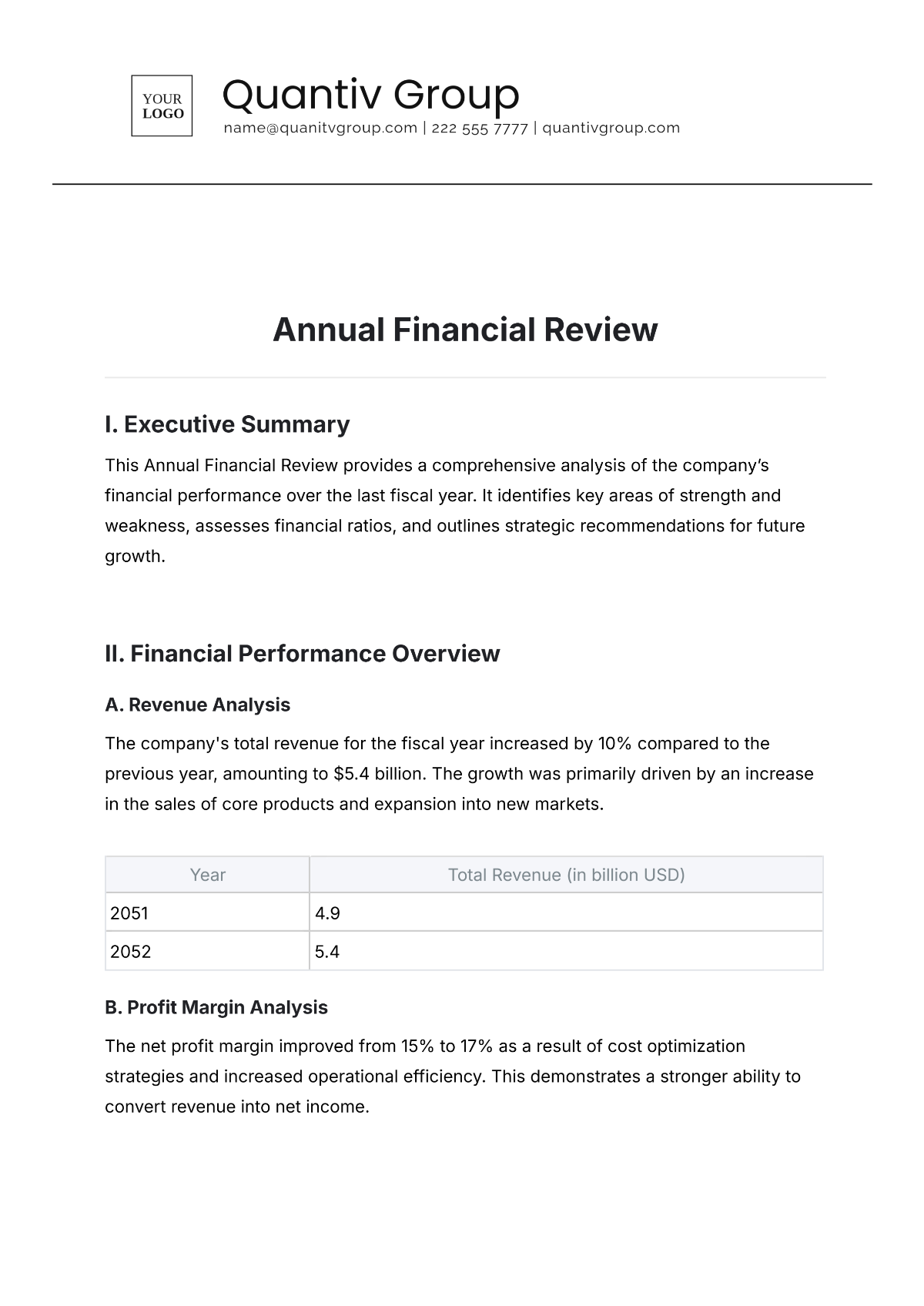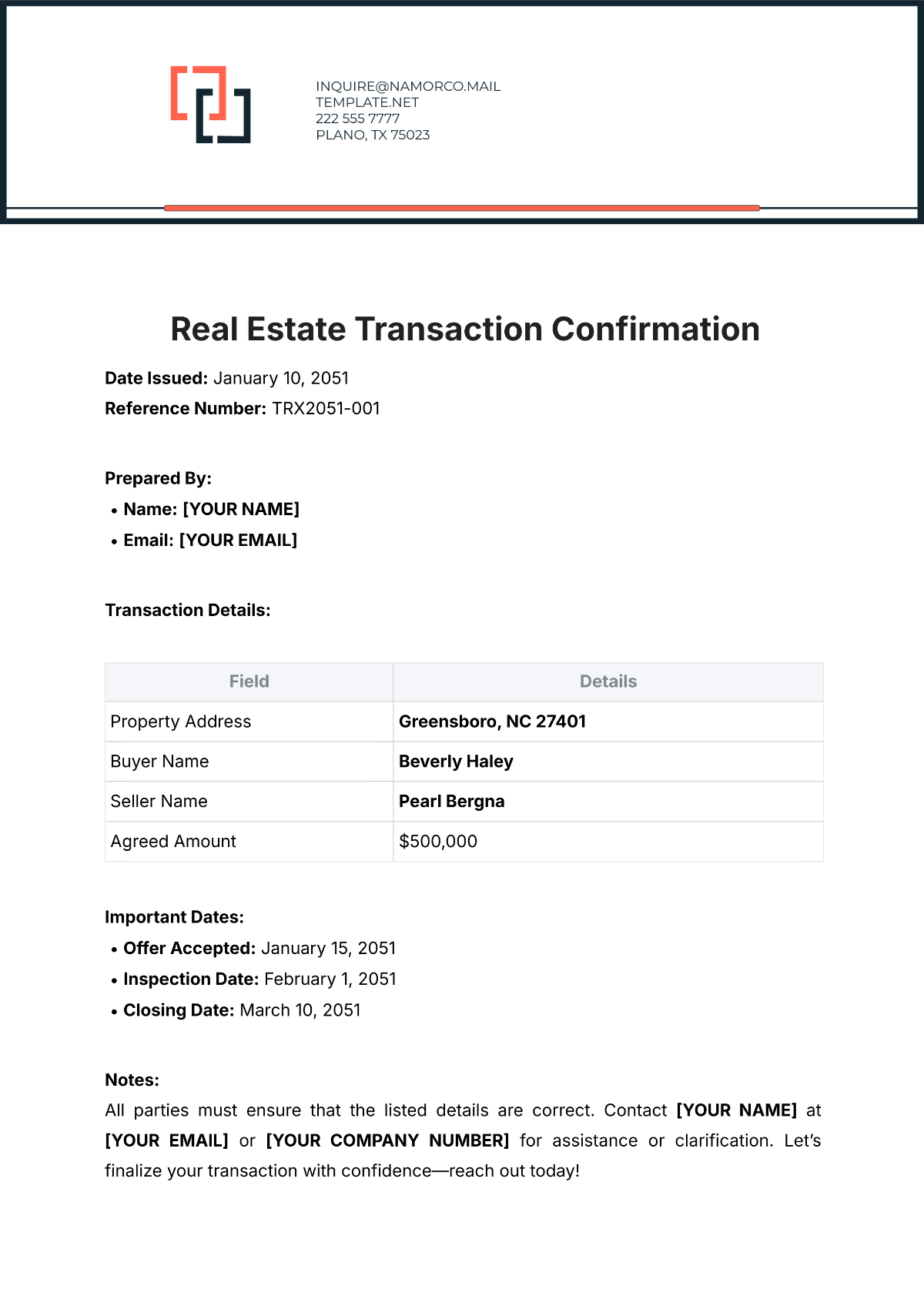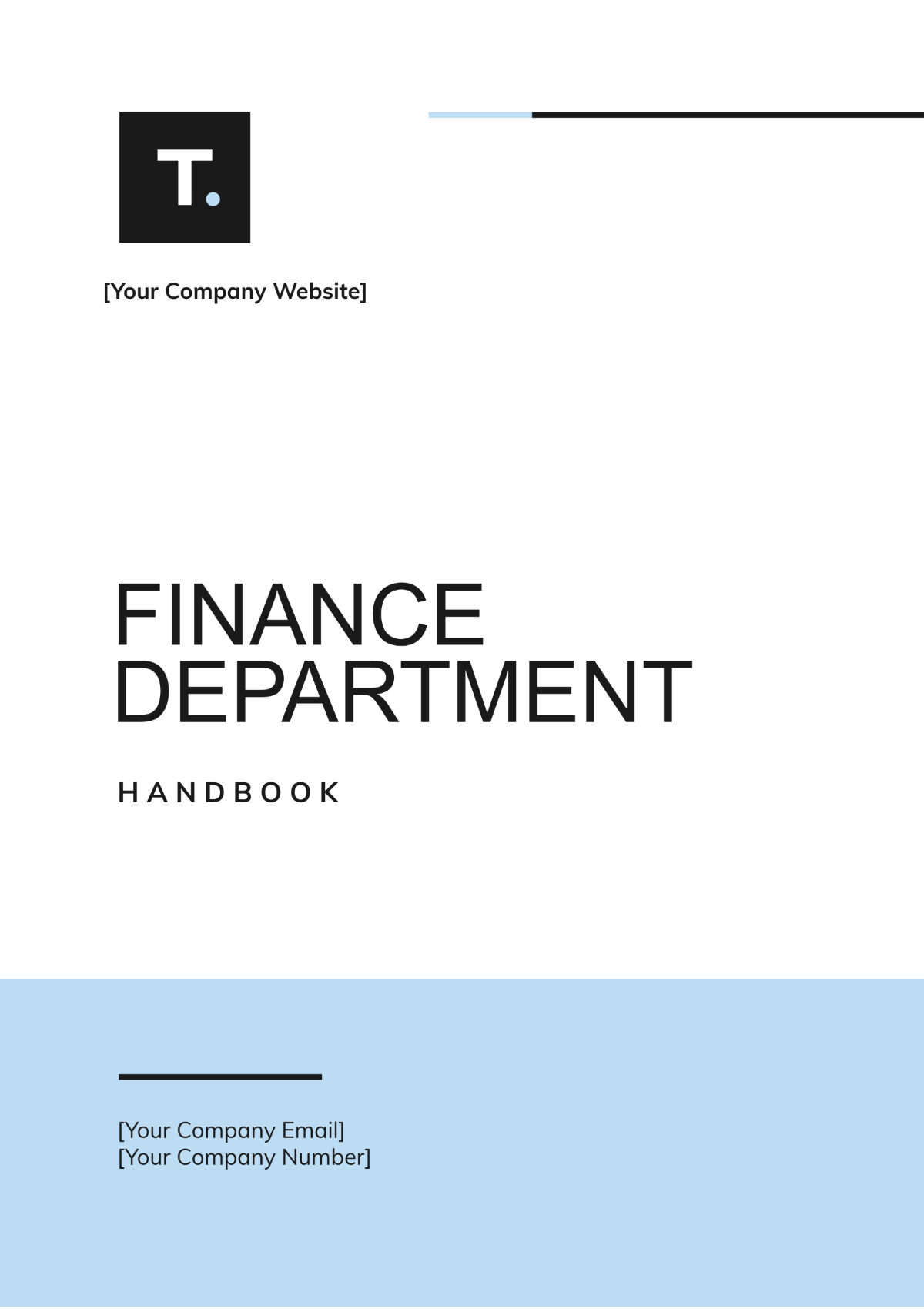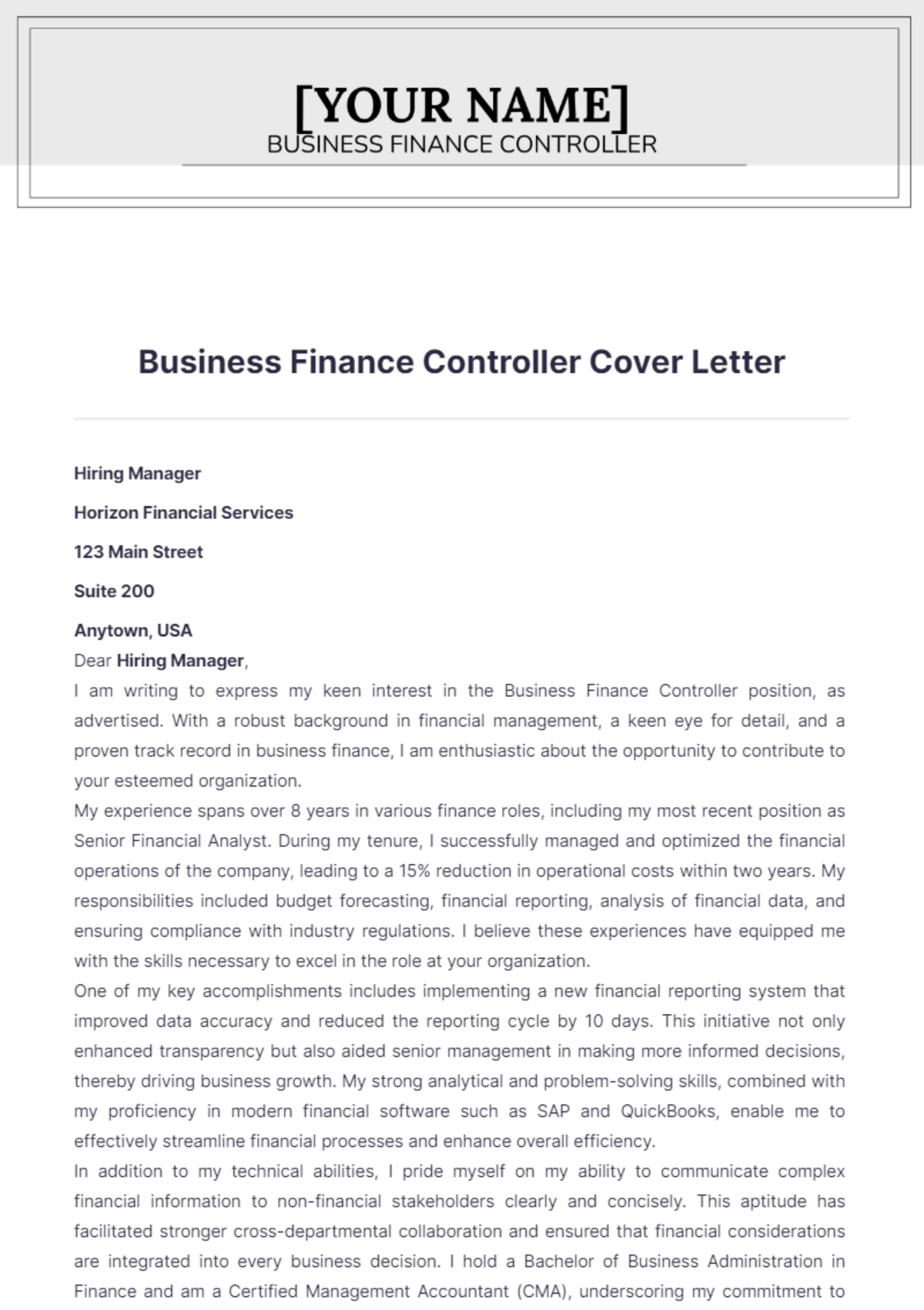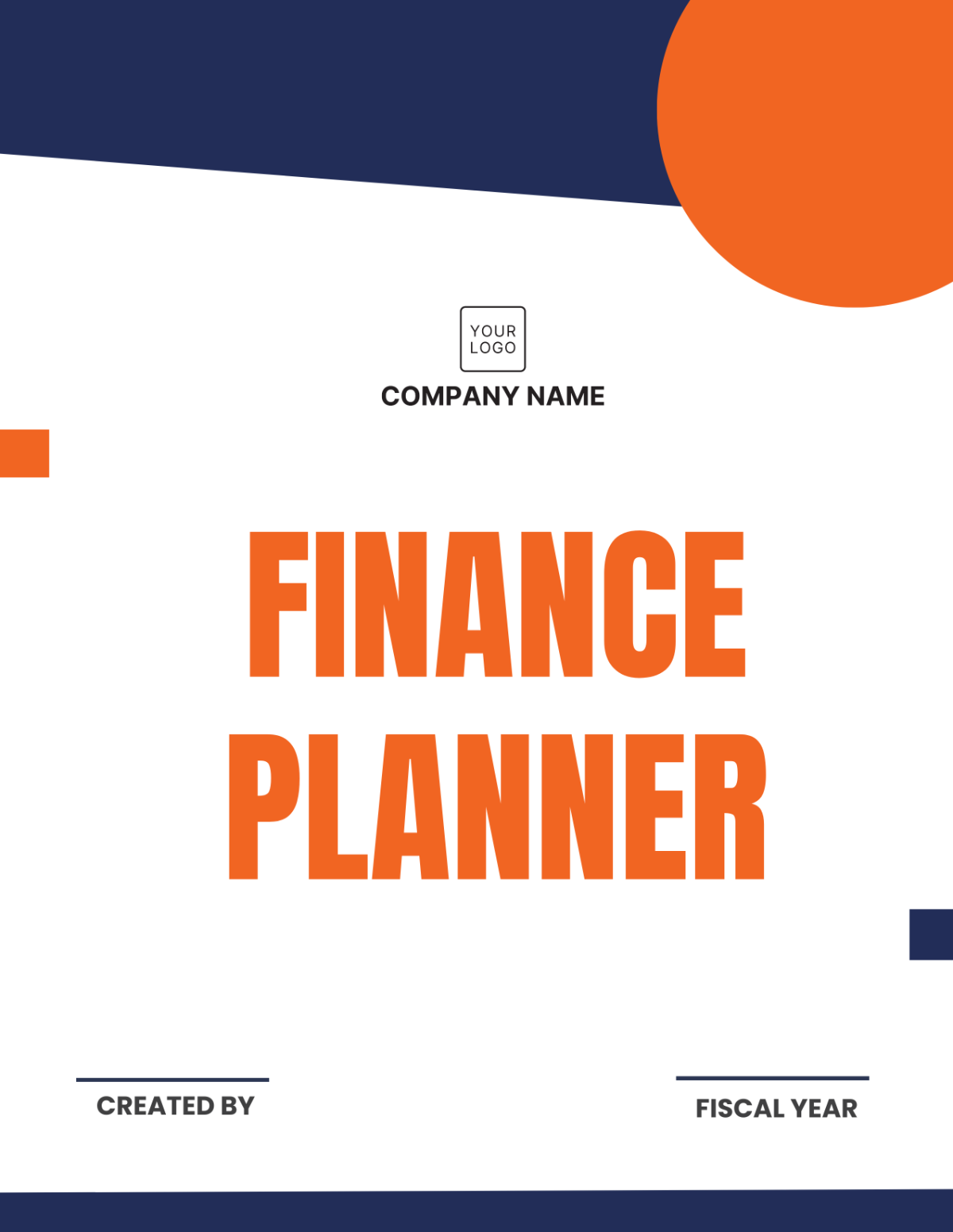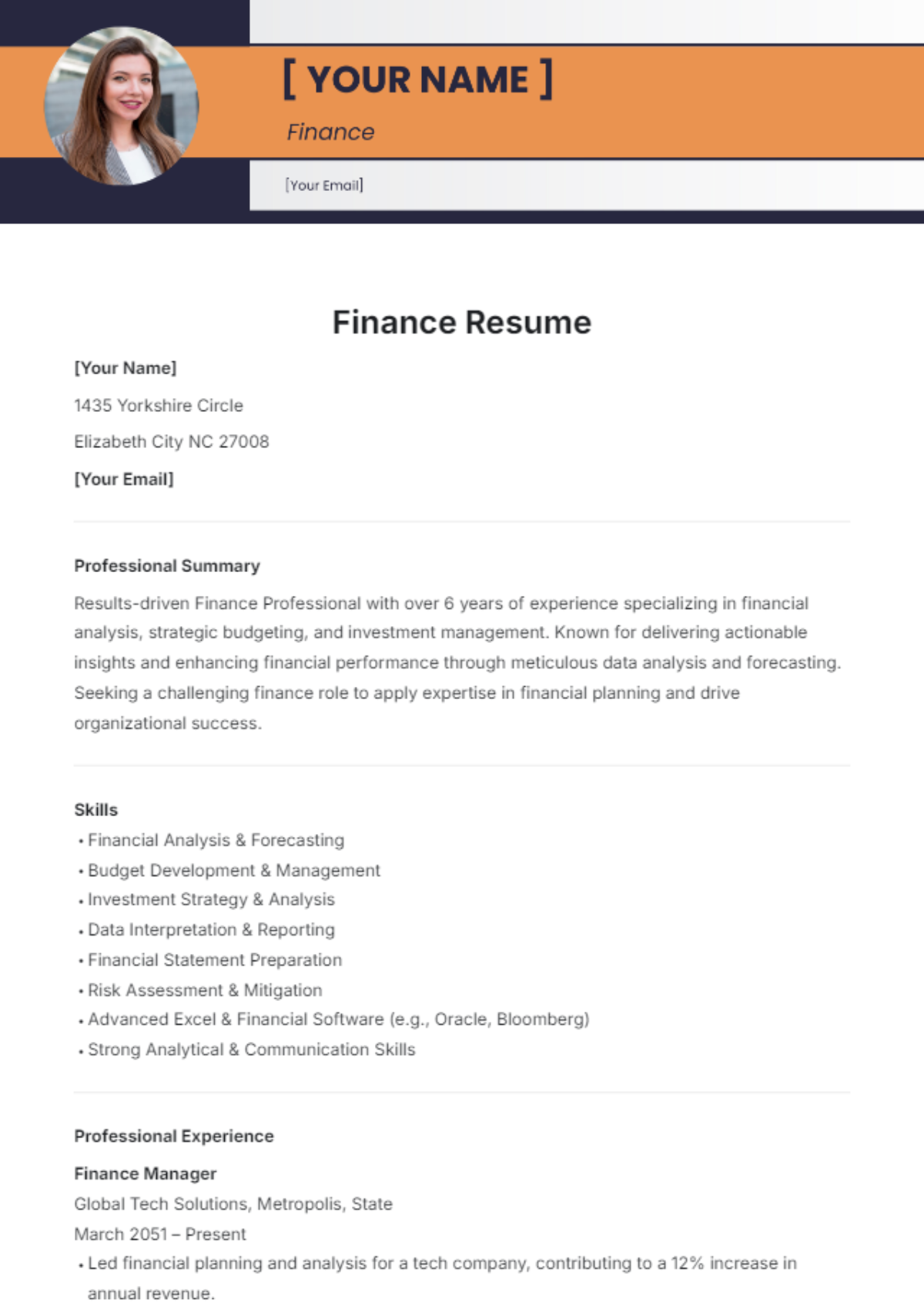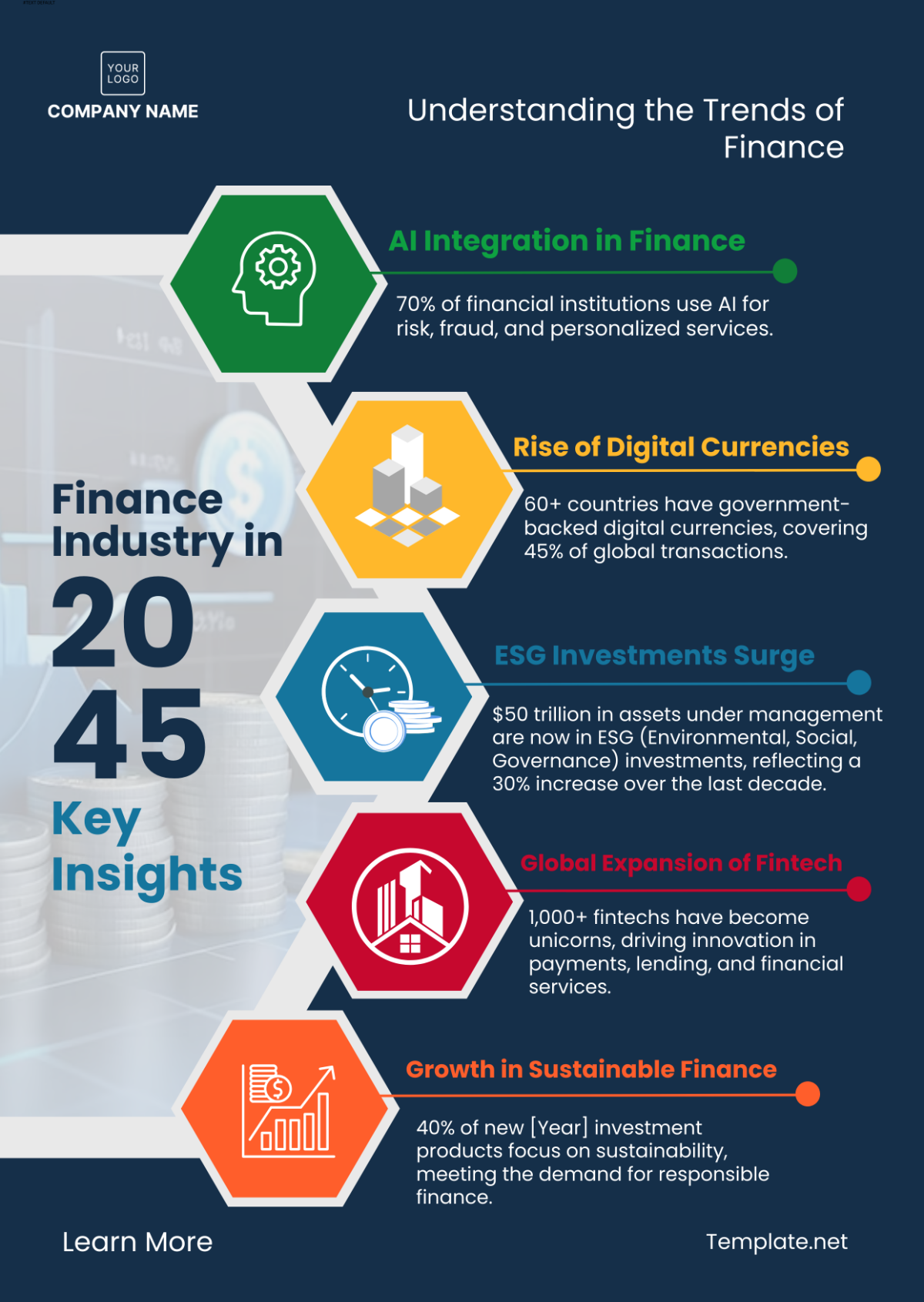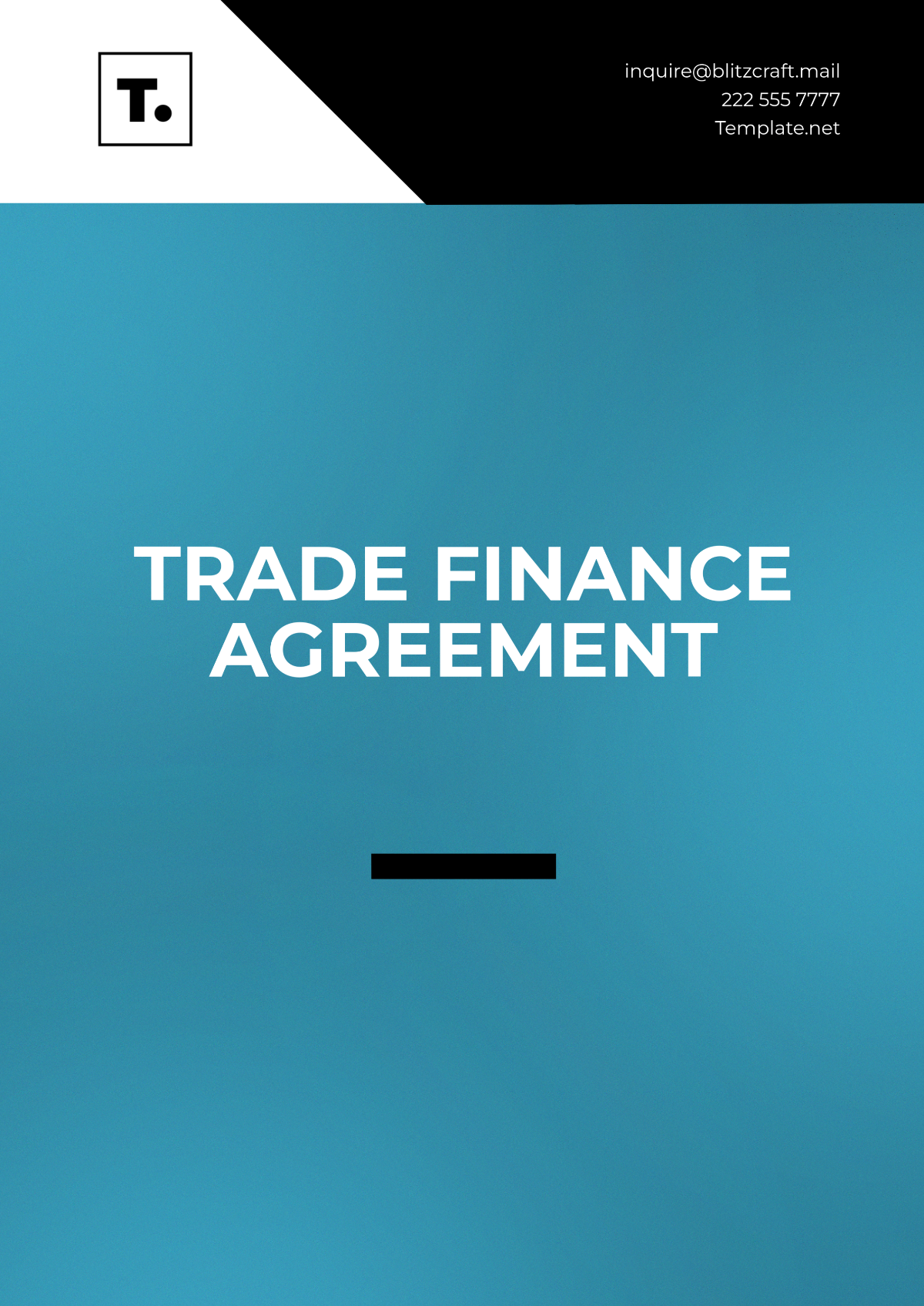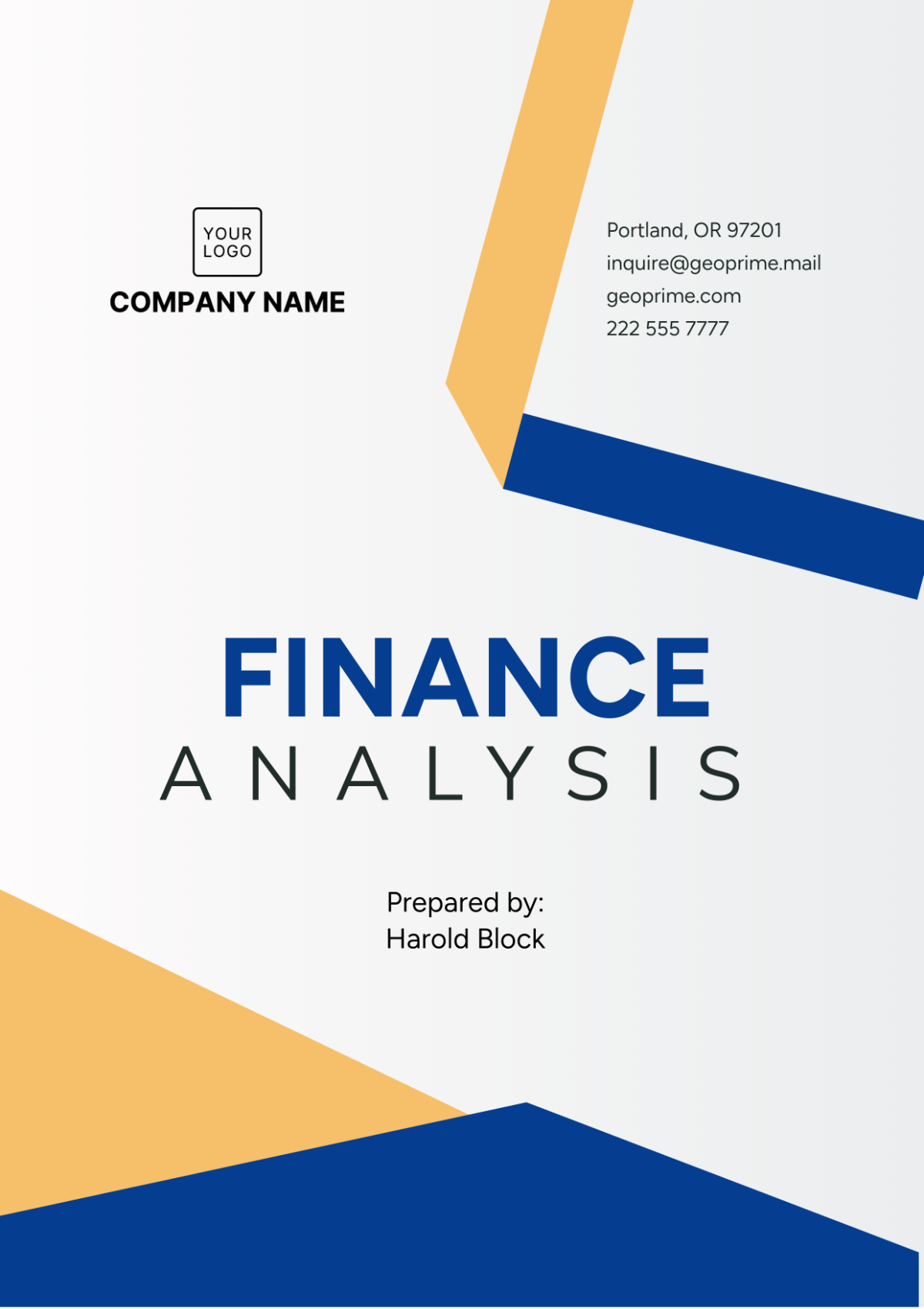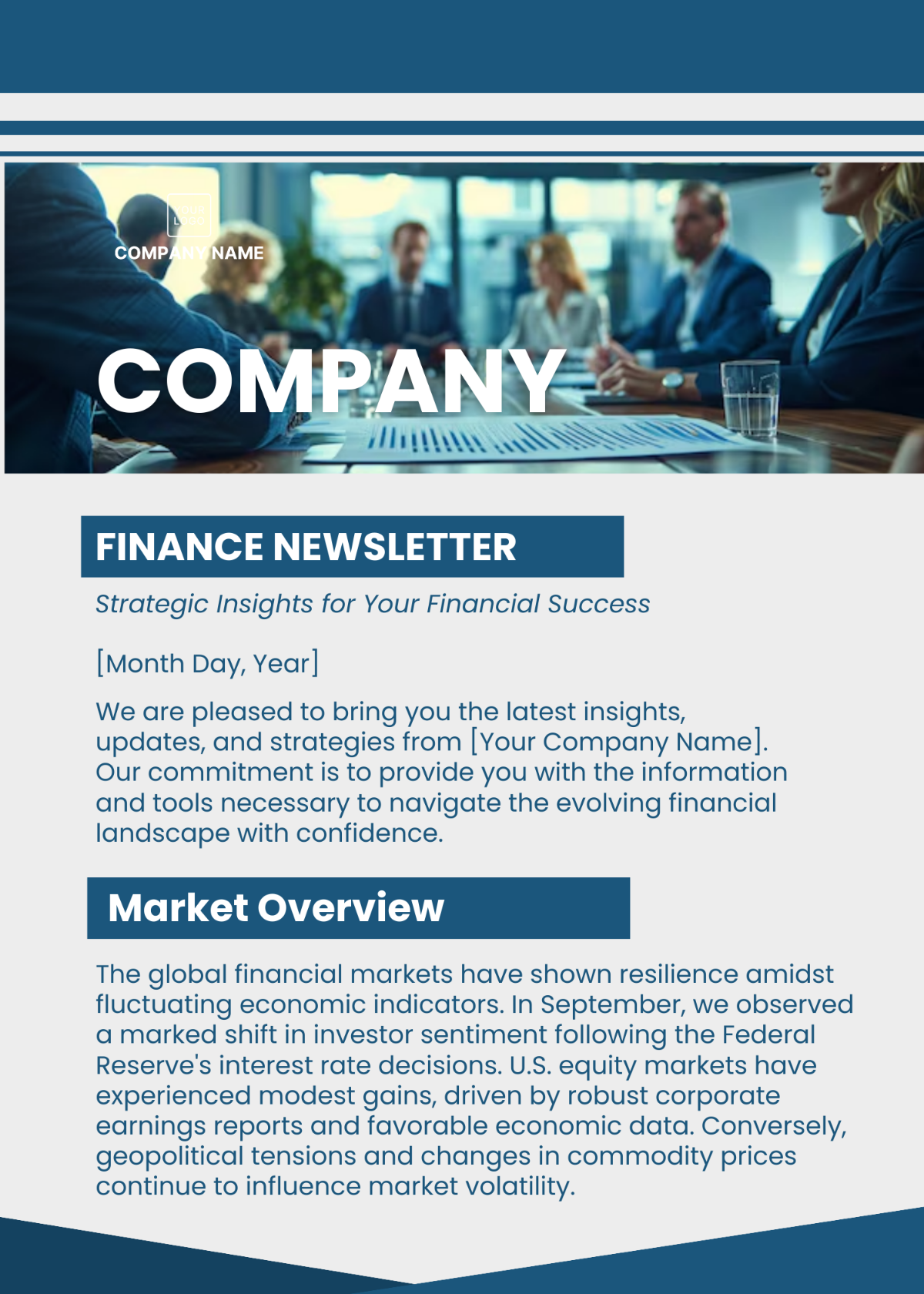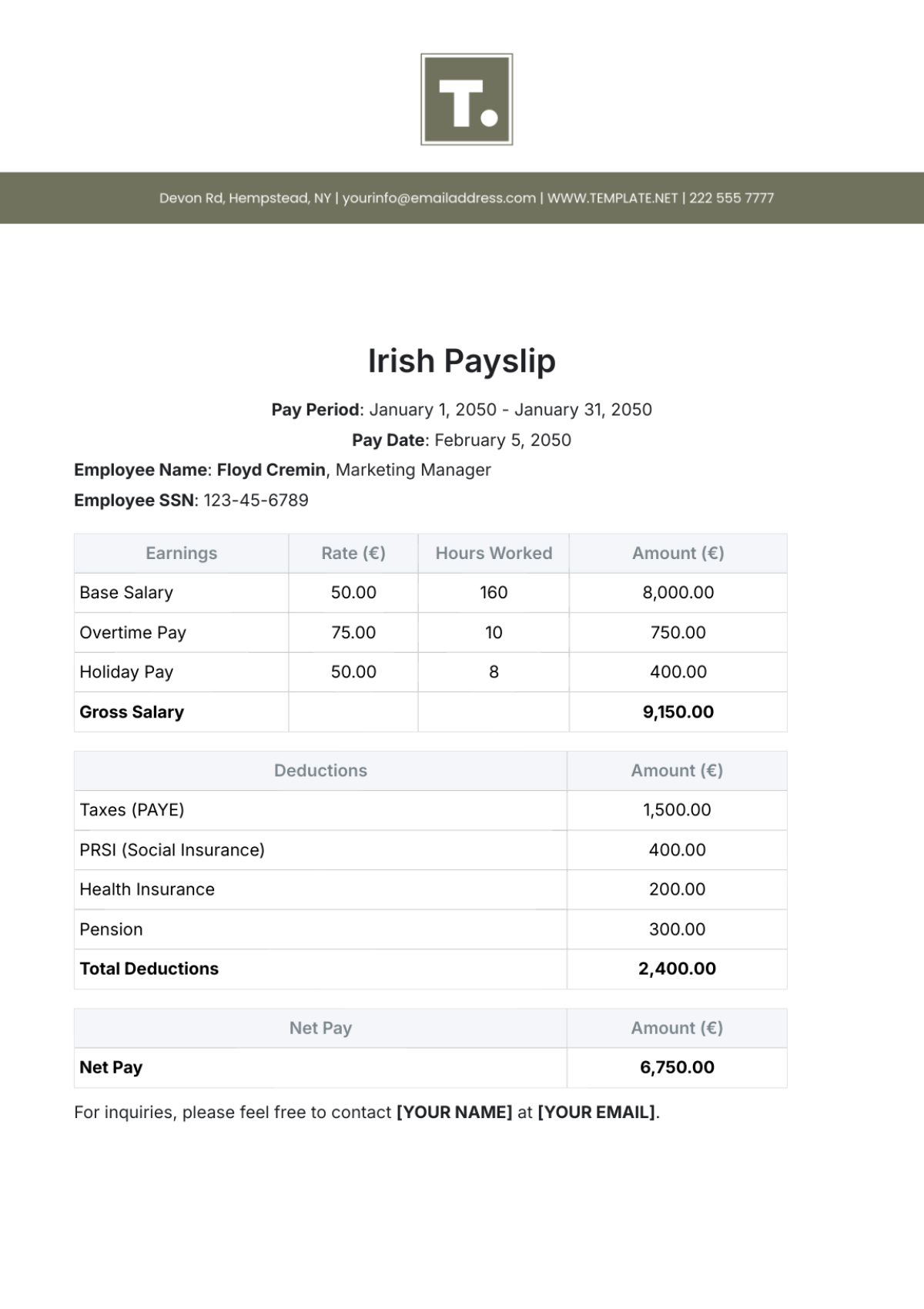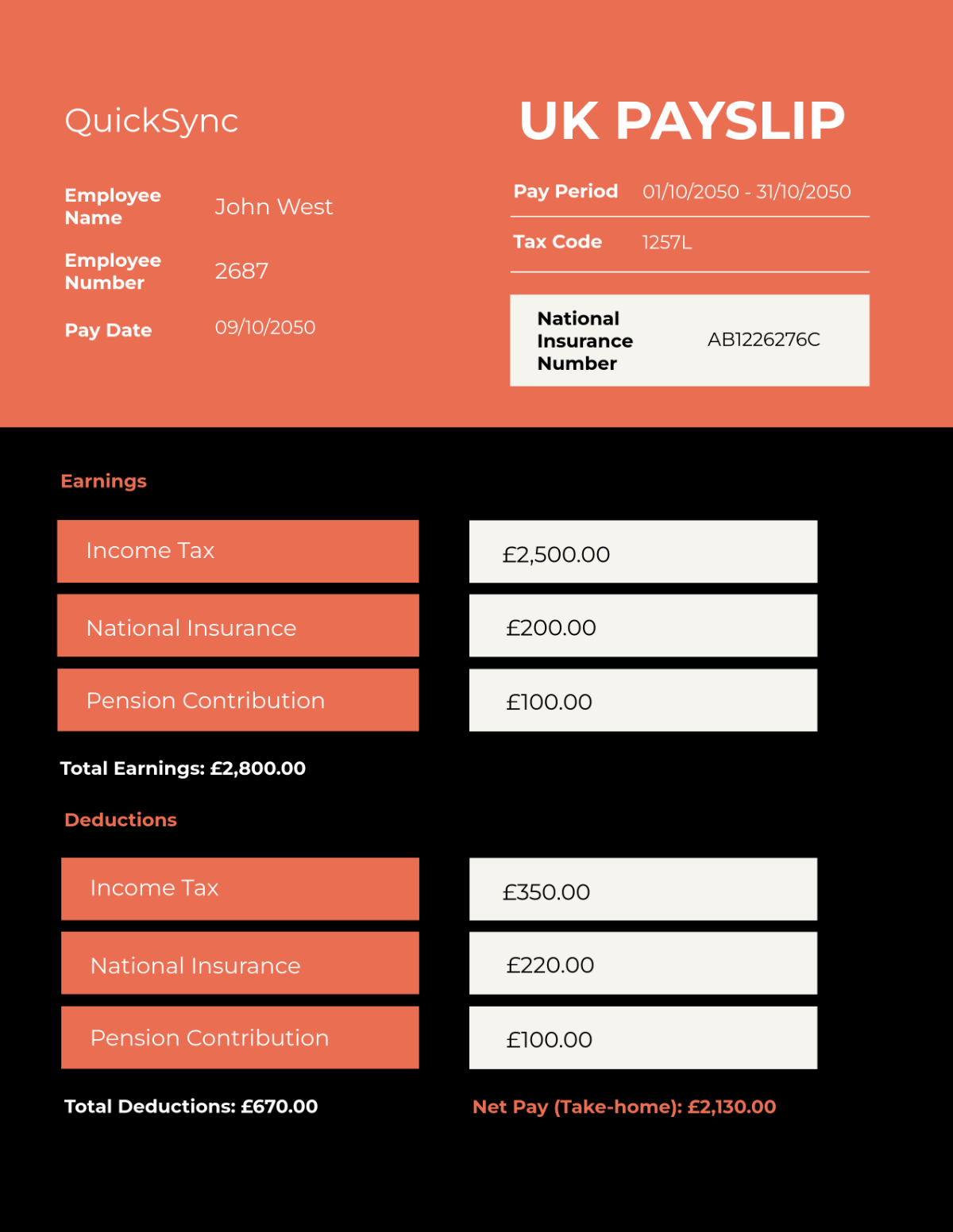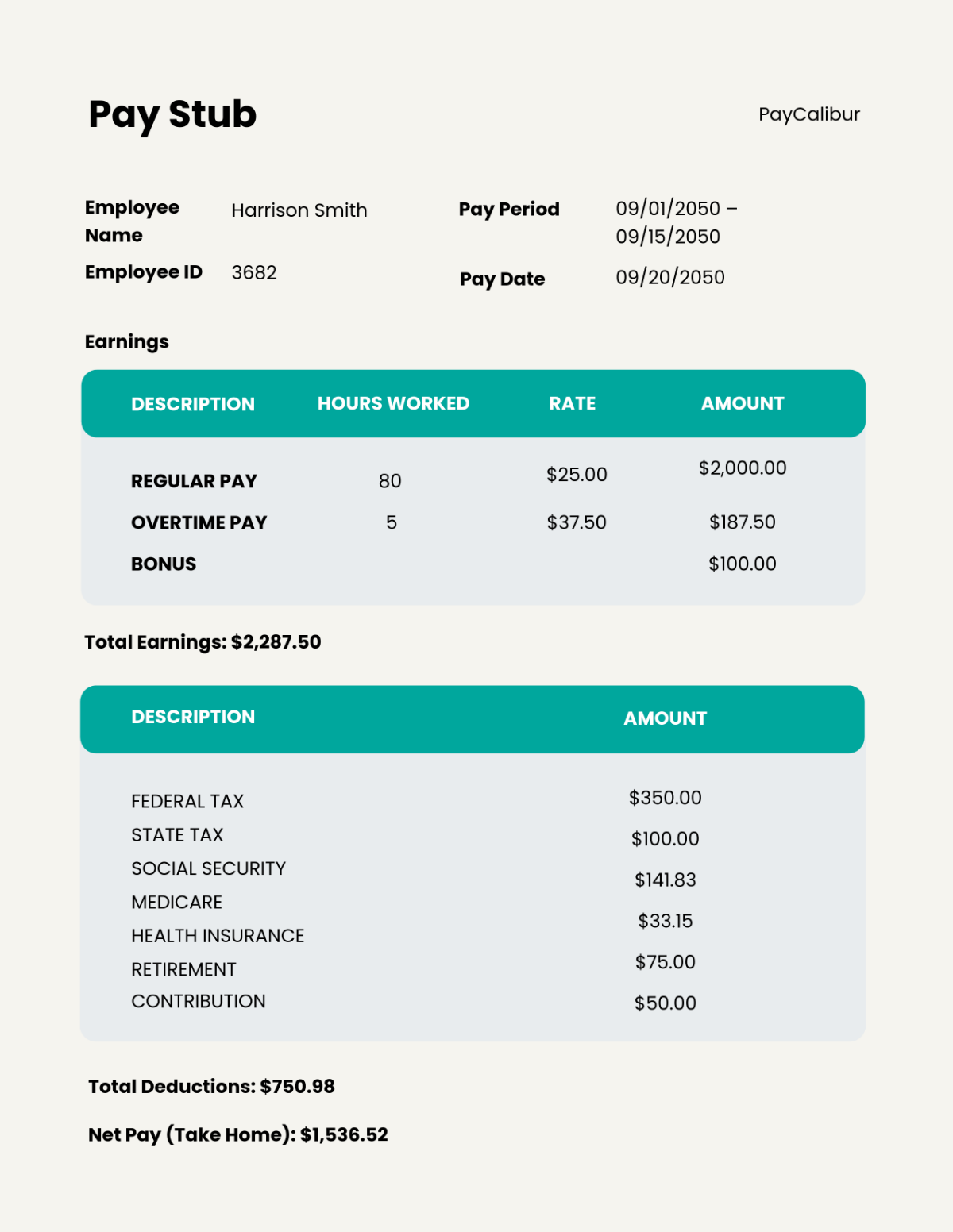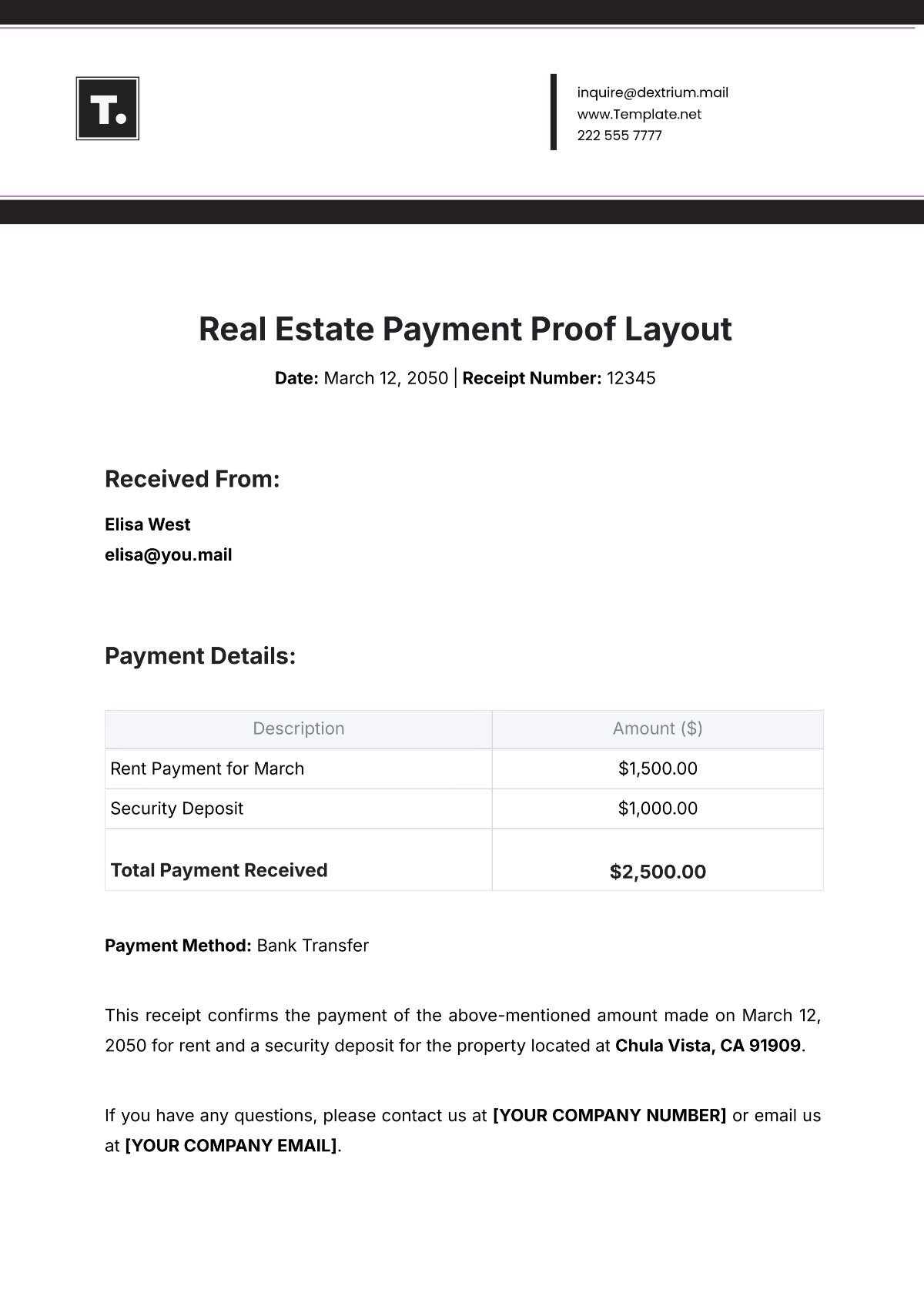Finance Audit Guide
Introduction
A. Overview
Welcome to the Finance Audit Guide for [Your Company Name]. This comprehensive guide is crafted to illuminate the intricacies of the finance audit process, ensuring a meticulous examination of financial records and unwavering adherence to regulatory standards. At [Your Company Name], we recognize the pivotal role of financial transparency in building trust among stakeholders, and this guide serves as a roadmap for achieving excellence in financial governance.
In the modern business landscape, characterized by evolving financial regulations and increased scrutiny, a robust finance audit is not merely a compliance requirement but a strategic imperative. It provides a systematic approach to evaluating financial health, identifying potential risks, and ensuring the accuracy of financial reporting. As we embark on this journey, let us delve into the purpose, scope, and significance of the finance audit for [Your Company Name].
B. Purpose
The primary purpose of the finance audit is to guarantee the precision of financial records and to ensure compliance with accounting standards. Beyond regulatory compliance, the finance audit is a proactive measure to safeguard the financial integrity of [Your Company Name]. By conducting a thorough examination of financial statements, transactions, and related documentation, we aim to provide stakeholders with confidence in the accuracy and reliability of our financial reporting.
In essence, the finance audit is a mechanism for instilling trust among shareholders, investors, and other stakeholders. It is a testament to our commitment to transparency and accountability, reinforcing our position as a responsible corporate entity. This guide elucidates the multifaceted nature of the finance audit, emphasizing its role in upholding the highest standards of financial governance.
C. Scope
The scope of the finance audit encompasses a comprehensive examination of all financial transactions and records of [Your Company Name] for the fiscal year [2050]. This includes, but is not limited to, scrutinizing income statements, balance sheets, cash flow statements, and other relevant financial elements. Our commitment to transparency extends to every facet of financial reporting, ensuring that stakeholders receive an accurate and complete portrayal of [Your Company Name]'s financial performance.
Roles and Responsibilities
A. [Your Company Name] Finance Team
At the heart of the finance audit process is the dedicated [Your Company Name] Finance Team. Led by [Your Name], the Finance Manager, this team is entrusted with the responsibility of maintaining accurate financial records and preparing comprehensive financial statements. The team serves as the backbone of our financial governance framework, embodying the principles of accuracy, transparency, and diligence.
Contact [Your Name] at [Your Email] for any financial inquiries or to seek clarification on financial matters. The collaboration between the Finance Team and [Your Partner Company Name], the external audit firm, ensures a synergistic approach to the audit process, fostering a culture of collaboration and shared responsibility.
B. External Audit Firm
To augment the integrity of the audit process, [Your Company Name] has engaged [Your Partner Company Name], a reputable external audit firm. This independent entity brings a wealth of experience and expertise to the audit, ensuring an impartial and thorough examination of [Your Company Name]'s financial records.
[Your Partner Company Name] assumes the critical role of an objective third party, applying industry best practices and standards to assess the accuracy and compliance of our financial records. For any inquiries related to the audit process, stakeholders are encouraged to contact [Your Partner Company Name] at [Your Partner Company Email].
Audit Planning
A. Pre-Audit Preparation
The success of the finance audit relies heavily on meticulous pre-audit preparation. [Your Company Name] acknowledges the significance of this phase, where collaboration between the internal finance team and [Your Partner Company Name] is key. Before the official commencement of the audit, [Your Company Name] will provide [Your Partner Company Name] with a comprehensive set of relevant documents. This includes financial statements, transaction records, and any other pertinent information that will facilitate a thorough examination.
This collaborative effort aims to ensure that the external audit team possesses a clear understanding of [Your Company Name]'s financial landscape. Through an initial meeting, [Your Partner Company Name] will discuss the audit plan, addressing any specific considerations or unique aspects of the financial operations. This sets the stage for a well-coordinated and efficient audit process.
B. Audit Timeline
The audit timeline serves as a critical component in ensuring the effectiveness and efficiency of the finance audit. Commencing on [September 20, 2050] and concluding on [October 20, 2050], the timeline is meticulously crafted to allow for a comprehensive examination of financial records while respecting the constraints of time.
However, it's crucial to note that the timeline is subject to adjustments based on the complexity of the audit process. [Your Partner Company Name] may identify areas that require additional scrutiny, necessitating a flexible approach to accommodate unforeseen circumstances without compromising the quality and thoroughness of the audit.
Audit Procedures
A. Risk Assessment
Central to the audit process is a robust risk assessment conducted by [Your Partner Company Name]. This involves a comprehensive analysis of potential financial risks that may impact [Your Company Name]. These risks can span various dimensions, including market volatility, regulatory changes, and internal control vulnerabilities.
The risk assessment phase allows [Your Partner Company Name] to tailor their audit approach to focus on areas with higher inherent risks. This strategic alignment ensures that the audit procedures are not only thorough but also targeted, addressing the specific challenges and nuances of [Your Company Name]'s financial landscape.
B. Testing Procedures
To validate the accuracy and completeness of financial information, [Your Partner Company Name] employs a combination of testing procedures. These procedures are designed to provide assurance on the reliability of financial data, offering stakeholders confidence in the integrity of the audit process.
C. Substantive Procedures
Substantive procedures involve a detailed and exhaustive testing of account balances, transactions, and disclosures. [Your Partner Company Name] will delve into the specifics of individual financial elements, ensuring that the reported figures align with the underlying transactions and activities.
D. Analytical Procedures
Analytical procedures complement substantive testing by providing a holistic analysis of financial data. [Your Partner Company Name] will scrutinize trends, ratios, and other key indicators, identifying any anomalies that warrant further investigation. This analytical approach adds a layer of depth to the audit, offering valuable insights into the financial health and performance of [Your Company Name].
Reporting
A. Audit Findings
Upon the completion of the finance audit, [Your Partner Company Name] will generate a detailed report outlining their findings. This report is a comprehensive document that encapsulates the results of the audit procedures, highlighting any areas of concern, potential risks, and recommendations for improvement. The clarity and transparency of this report are paramount, as it serves as a valuable tool for stakeholders to assess the financial health and governance of [Your Company Name].
The audit findings encompass a range of considerations, including the accuracy of financial statements, adherence to accounting standards, and the effectiveness of internal controls. Any identified issues or discrepancies will be clearly articulated, providing [Your Company Name] with a roadmap for addressing these concerns. The report acts as a collaborative feedback mechanism, fostering a continuous improvement mindset within the organization.
B. Management Response
In response to the audit findings, [Your Company Name] will formulate a comprehensive management response. This involves addressing each finding, outlining the corrective actions to be taken, and establishing a timeline for implementation. The management response is a critical component of the audit process, demonstrating [Your Company Name]'s commitment to accountability and proactive governance.
Corrective actions may involve refining internal processes, enhancing controls, or implementing new measures to mitigate identified risks. The goal is not only to rectify any issues highlighted in the audit findings but also to fortify the overall financial governance framework of [Your Company Name]. The management response is an opportunity to showcase the organization's commitment to continuous improvement and adherence to the highest standards of financial integrity.
Continuous Improvement Initiatives
A. Post-Audit Evaluation
Following the completion of the finance audit and the implementation of corrective actions outlined in the management response, [Your Company Name] initiates a post-audit evaluation. This phase involves assessing the effectiveness of the corrective measures taken and identifying any additional areas for improvement. [Your Partner Company Name] may collaborate with the internal finance team to conduct this evaluation, ensuring a holistic perspective on the outcomes of the audit.
B. Iterative Enhancements
Continuous improvement is a cornerstone of [Your Company Name]'s financial governance philosophy. Based on the findings of the post-audit evaluation, iterative enhancements to financial processes, controls, and reporting mechanisms are implemented. This iterative approach fosters adaptability to evolving financial landscapes, regulatory changes, and emerging risks. The goal is to not only meet compliance standards but to surpass them, positioning [Your Company Name] as a leader in financial governance and accountability.
Stakeholder Communication
A. Transparency Initiatives
Transparent communication with stakeholders is integral to maintaining trust and credibility. [Your Company Name] proactively communicates the outcomes of the finance audit, management responses, and continuous improvement initiatives. This includes periodic updates through official channels such as [Your Company Social Media] and [Your Company Website]. Transparent reporting ensures that stakeholders are well-informed about the organization's commitment to financial integrity and the actions taken to address any identified issues.
B. Stakeholder Feedback Mechanism
To further enhance transparency and engagement, [Your Company Name] establishes a stakeholder feedback mechanism. This allows stakeholders, including investors, clients, and employees, to provide input on financial governance and audit processes. Feedback is collected through surveys, forums, or designated communication channels. [Your Company Name] values stakeholder perspectives, and this feedback mechanism contributes to the refinement of financial governance practices, ensuring alignment with stakeholder expectations.
Data Security and Confidentiality
A. Information Protection Measures
Ensuring the security and confidentiality of financial data is paramount in the finance audit process at [Your Company Name]. We outline the robust measures in place to safeguard sensitive information throughout the audit lifecycle. [Your Company Name] employs state-of-the-art encryption protocols, secure data transmission channels, and access controls to protect financial data from unauthorized access or breaches.
B. Confidentiality Agreements
As part of the collaboration with [Your Partner Company Name], confidentiality agreements are established to formalize the commitment to data security. These agreements outline the responsibilities of both parties regarding the handling and protection of confidential information. [Your Partner Company Name] personnel are bound by these agreements, ensuring the utmost discretion and integrity in dealing with [Your Company Name]'s financial data.
C. Secure Data Storage
During the audit process, [Your Partner Company Name] employs secure data storage solutions to safeguard audit-related information. This includes the use of encrypted databases and secure servers, with access restricted to authorized personnel only. [Your Company Name] prioritizes the secure storage of audit documentation to mitigate the risk of data compromise.
D. Compliance with Data Protection Regulations
[Your Company Name] and [Your Partner Company Name] adhere to all relevant data protection regulations. This includes compliance with global standards such as GDPR, ensuring that personal and financial information is handled with the utmost care and in accordance with international data protection laws.
E. Data Retention Policies
Clear data retention policies are established to govern the storage and disposal of audit-related data. These policies outline the duration for which data will be retained and the secure methods of disposal once it reaches the end of its lifecycle. By adhering to these policies, [Your Company Name] ensures responsible and compliant data management practices.
Conclusion
The finance audit is not merely a regulatory requirement but a strategic imperative for [Your Company Name]. It is a process that reinforces transparency, builds trust among stakeholders, and contributes to the ongoing success of the organization. [Your Partner Company Name] and [Your Company Name]'s Finance Team collaborate to ensure a thorough, objective, and insightful audit process.
We extend our appreciation for your commitment to transparency and financial integrity. The collaborative efforts of all stakeholders involved in the audit process contribute to the robust financial governance of [Your Company Name]. For further information or inquiries, please do not hesitate to contact [Your Name] at [Your Email].
